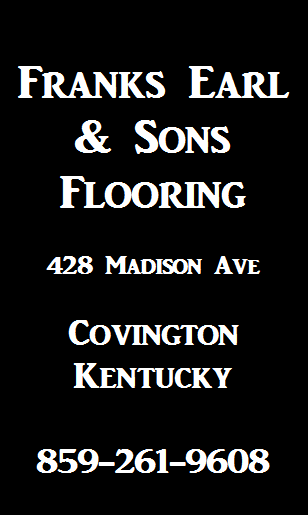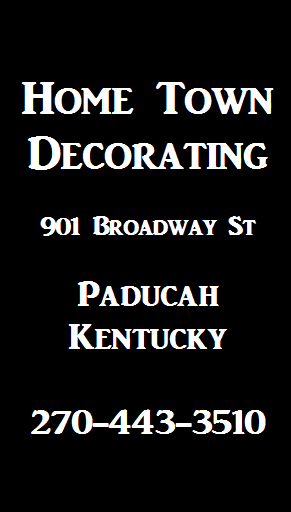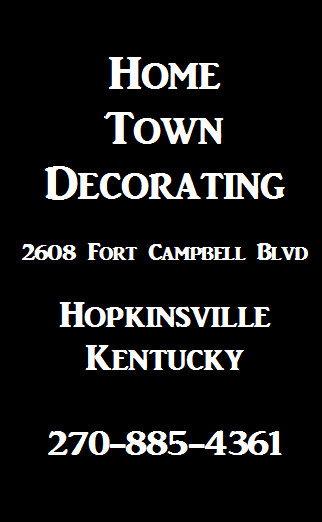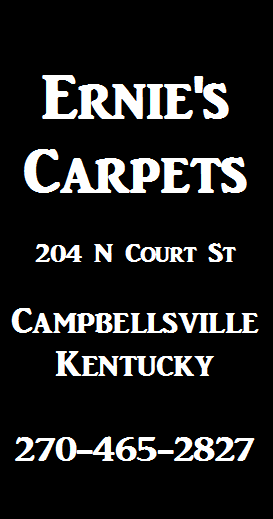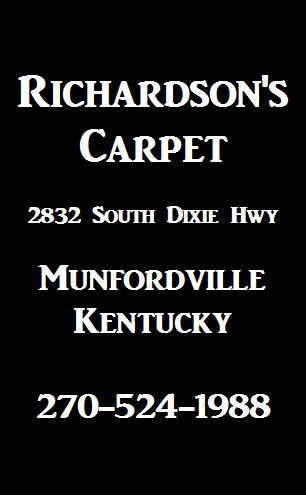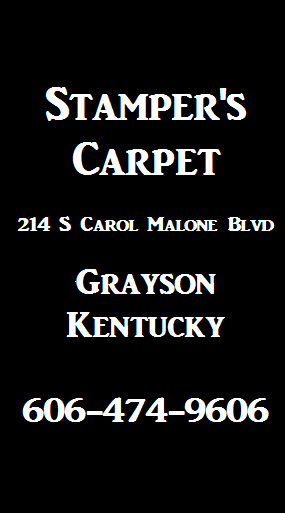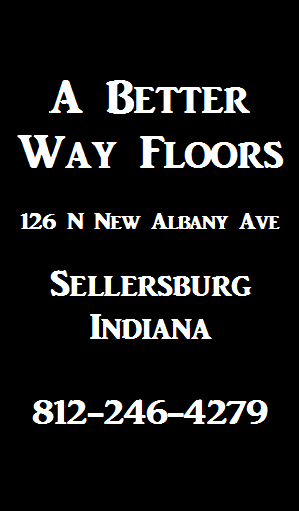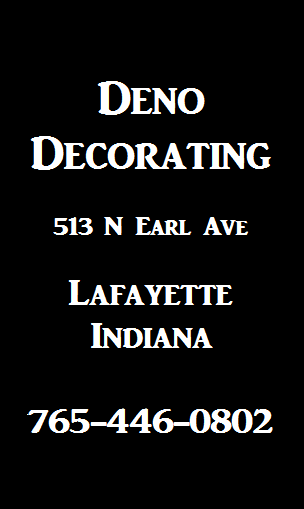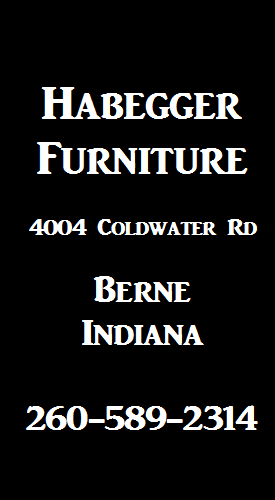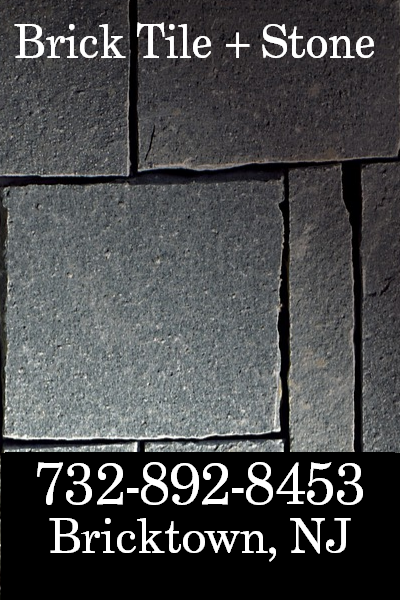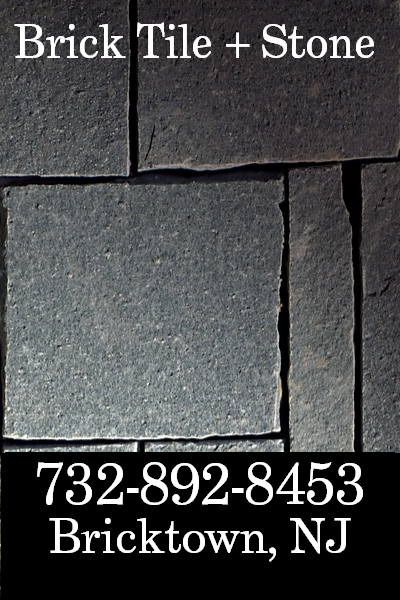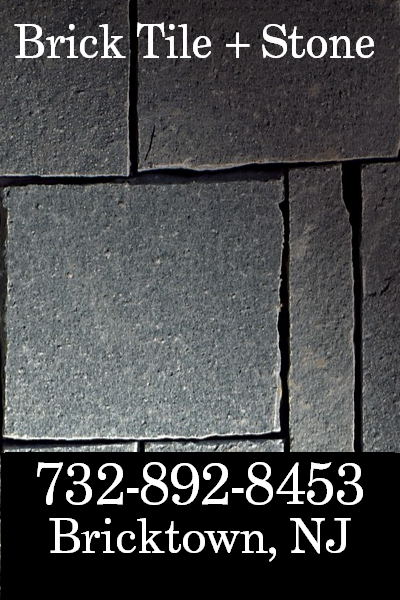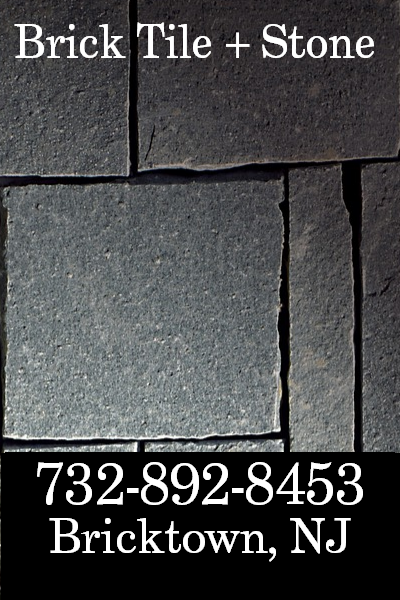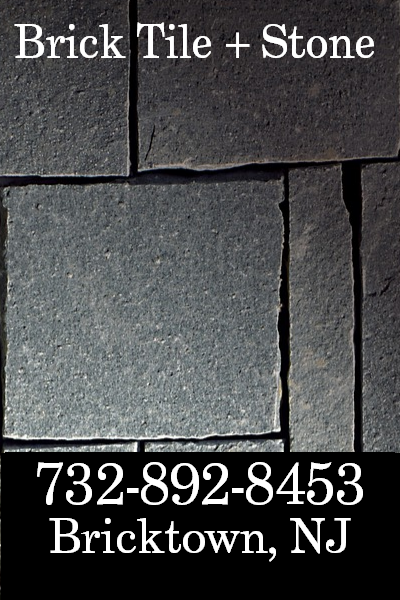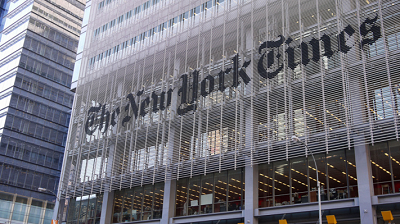
Tim McKeough of the New York Times wrote an informative article about how terraces and backyards are being furnished. In the article, he says that private outdoor spaces are not common in New York City adding that some owners are making the most of their spaces and in the process are spending a pretty penny on carefully selected plantings and furnishings.
For example, Joe and Nivia Santagata toured a penthouse condominium with a private terrace on East 33rd Street in late 2011. Their creative imaginations began to blossom. One of the visions, they had, included a verdant lounge in the sky. “It wasn’t on the priority list,” Mr. Santagata said, “but we thought it would be so cool to have a terrace.” However, after buying the 12th-floor apartment as a pied-à-terre a few months later, however, they were not exactly sure how to make that lounge a reality. Their sons, meanwhile, had other plans — Caio, now 8, and Lucas, 4, used the empty 350-square-foot expanse of concrete pavers as a vertiginous playroom. “It was just a big open space, and they would actually ride their little Razor scooters out there,” said Mr. Santagata, who is 41 and the chief executive of a flooring company.
But after nearly two years of watching the children spin their wheels, Mr. and Ms. Santagata, whose primary home is in Ringwood, N.J., decided it was time to build something with more grown-up appeal and called in Jeffrey Erb, a landscape designer, to help. “I knew I wanted some grass, and a lounge facing the Empire State Building,” said Ms. Santagata, 40. “But then I didn’t know if I’d do a table in the living space, or if everything was going to fit.”
Mr. Erb divided the terrace into three functional zones: a dining area where he replaced the concrete pavers with bluestone; a living room with an all-weather sofa, lounge chairs, a coffee table and a rug; and a sunbathing section with chaise longues on convincingly lifelike synthetic turf. Changing the flooring material “breaks the terrace into separate areas,” Mr. Erb said. “It feels like you’re moving through different rooms as you’re out there.” He added custom fiberglass containers for trees and plants, installing tall arborvitae for privacy where the space connects to a neighboring terrace, and shorter grasses where he wanted to keep views open.
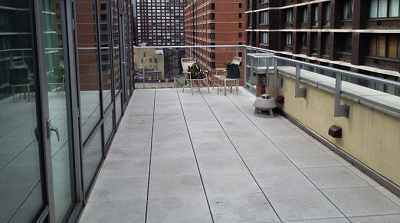

The completed project, which cost about $25,000, not only gave the Santagatas reason to be outside from morning until night, but also “felt like we were gaining so much more space,” Ms. Santagata said. It also helped the family avoid the paradoxical pitfall of so many New York homes with private balconies, terraces, rooftops and backyards: Even though these spaces are coveted by buyers, many end up resembling unintentional junkyards where tortured potted plants, unused bicycles and weather-beaten furniture go to die.
That’s all the more surprising when you consider just how scarce — and expensive — private outdoor space is in the city. Jonathan J. Miller, the president of the appraisal firm Miller Samuel, estimated that only 18.7 percent of homes in Manhattan have it. “The value of outdoor space, in general, is somewhere in the neighborhood of 25 to 50 cents on the dollar for interior space,” he said, meaning that a terrace connected to an apartment worth about $1,000 per square foot inside would be worth about $250 to $500 per square foot outside, depending on variables like functionality, proportions and privacy.
That can represent a significant portion of a home’s value. In Manhattan co-ops and condos, the average balcony measures only 50 square feet, but the average terrace is 650 square feet, and the average roof deck is 748 square feet, according to Mr. Miller. The average Manhattan townhouse garden is 676 square feet. Designing a lush, comfortable outdoor space can potentially boost the price when it’s time to sell.
Roger Erickson, an associate broker at Douglas Elliman Real Estate, witnessed how a terrace can motivate buyers after listing the penthouse at 120 East 75th Street this spring. The interior of the apartment was in good condition, “but somewhat needed updating,” he said, while the terrace, filled with established plants, was breathtaking. “We had four full-price bids the first afternoon,” he said, “and they were all people who appreciated what a great terrace it was.” Half a dozen more offers trickled in over the next few days, and the apartment is now in contract above its asking price of $4.95 million.
Fortunately, even a few simple changes can make a neglected outdoor space much more appealing. But before building or buying anything, it’s important to understand how different rules and regulations could affect your project. For instance, adding a grill in New York isn’t as simple as picking one up at the hardware store. In buildings with more than two apartments, standard propane tanks are illegal on balconies and roof decks and in backyards. Charcoal barbecues are also not allowed on balconies or roofs. That makes natural gas barbecues with a dedicated gas line the preferred option in many cases, but installation can be complicated.
New York City Building Code specifies many requirements, including parapet walls or safety railings at least 42 inches high, and a limit on rooftop decking made from combustible materials like wood to 20 percent of a roof’s total area. If you live in a co-op or condo, there will be building rules, which vary widely, said Dan Wurtzel, the president of FirstService Residential New York, which manages more than 500 buildings in the city. Among the many points those rules might cover, he said, are weight, preservation of roof membranes, accessibility for repairs, types of planters and plantings, soil content, lighting, awnings and even hot tubs. “Some buildings may have all the rules and regulations spelled out,” he said, while others might not have contemplated every issue. Either way, he noted, major renovation plans will need to be reviewed by the building’s architect or engineer.
Once you have an understanding of the rules applicable to your outdoor space, the first step to designing it is determining the optimal layout and placement of furniture. For a small balcony, it’s fairly straightforward. Amber Freda, a landscape designer, advised thinking about where you might want privacy or to hide undesirable sightlines. “Plan strategically, so you have tall evergreens or trees where you want to soften or obscure, and lower plantings where you want to keep the views open,” she said. Then, add a couple of small-scale lounge chairs, she advised, and perhaps a bistro table.
With larger terraces, rooftops and backyards, however, it’s often preferable to create multiple zones for different functions. For a townhouse rooftop of about 600 square feet on East 48th Street that Ms. Freda installed this spring, she designed three distinct areas. One is for growing vegetables like eggplants, peppers and arugula and includes a mini greenhouse and a workbench. Another is a seating area defined and shaded by an ipe wood pergola. The last is a sunny lounge with built-in benches; here porcelain pavers change to ipe decking.
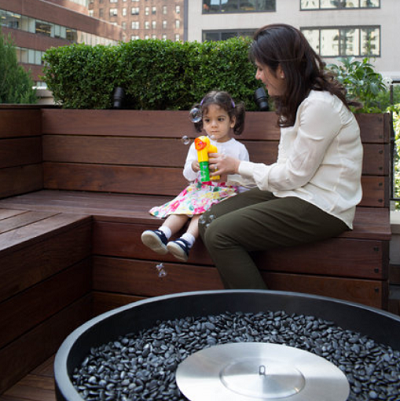
The cost to build it all was about $27,000. “A couple of months ago, it was just a regular roof like all the others,” said the homeowner, Mehreen Riaz, 36, who lives there with her husband and two children, Sara, 2, and Rania, 1. Now, “it’s a beautiful escape,” she said. “My older daughter loves to water the plants. We picked some lettuce the other day. You grow it and eat it — it helps them see how food happens.”
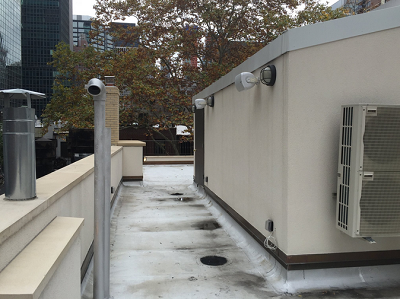
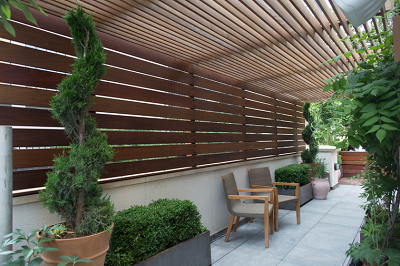
After determining what needs to go where, it’s time to choose the furniture. The good news is that outdoor furniture and fabrics “are far better now than they were even five or 10 years ago,” said Alec Gunn, the owner of Gunn Landscape Architecture and of Vert Gardens, a design, installation and maintenance company. “They’re higher quality, and the color and pattern selection is much improved.” Popular materials for furniture include powder-coated aluminum and wicker-like pieces woven from synthetic fiber — both of which can stand up to almost any weather. Woods like cedar, teak and ipe are also popular, but will typically weather to a silvery color over time.
Outdoor fabrics from brands like Sunbrella and Perennials, Mr. Gunn said, now frequently have a soft feel, yet are extremely durable. “You can leave cushions uncovered all summer,” he said. “If they’re well made from good fabric, they’ll last several years.” It’s a similar story with outdoor rugs, which are often made from polypropylene but feel as inviting as cotton. Dan Lewis, 43, a lawyer, and Katie Lewis, 42, a home-schooling mother and lactation consultant, bought a townhouse on the edge of Clinton Hill and Bedford-Stuyvesant, Brooklyn, in 2013, and overhauled the roughly 500-square-foot backyard for about $35,000 last year during the final stages of a home renovation. “Mostly, we just wanted it to be not what it was before — all these weeds,” Ms. Lewis said.
The couple hired the design-and-build firm New Eco Landscapes to clear the yard and create a floor resembling a surprisingly sophisticated basketball court from reclaimed brick and bluestone pavers, complete with a hoop, for their children, Max, 14, and Zoe, 10.
For furniture, they settled on a mix of store-bought and custom pieces made from various all-weather materials with New Eco’s guidance. At the rear of the yard, they installed an 11½-foot custom ipe bench with removable cushions and storage underneath. “It’s essentially a big outdoor sofa across the back,” said Sean Lewis, who runs New Eco with Jesse Terzi (and who is not related to his clients). To one side, they installed custom ipe cabinets supporting a barbecue where the family grills pizzas.
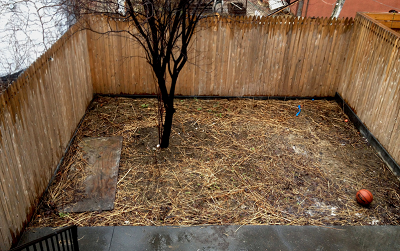
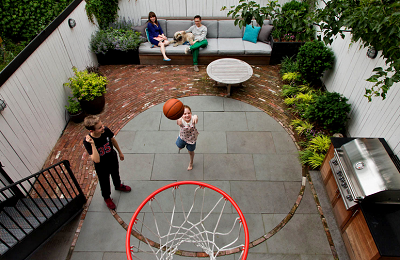
A landing outside the home’s kitchen became an elevated dining area. “That’s a really nice feature,” Ms. Lewis said. “We can have friends over, and sit up there and eat,” without worrying about stray basketballs from the children playing below. The dining area is furnished with a red powder-coated aluminum table from Fermob and custom cedar benches.
Of course, plants are high on almost every wish list. One of the most common arrangements for urban terraces is to install planters around the perimeter of the space, which can create the effect of green walls, and also make it easy to hide lines for irrigation systems and low-voltage lighting. But when designing plantings for a roof terrace, knowing how much it can support is critical. In general, “For older, prewar buildings, it’s usually about 40 pounds per square foot,” Mr. Gunn said. “For new construction, it’s 100.” To stay below those limits, landscape designers employ a variety of tricks. “We do false bottoms in most of the planters, because most plants don’t need two feet of soil,” Mr. Gunn said. “And, there’s a lightweight soil mix we use.”
As for selecting the plants themselves, Ms. Freda said, “I always compare rooftop gardening to gardening on a mountain — they’re very similar conditions,” including full exposure to the sun, and extreme wind conditions. “We tend to look for things that are bottom-heavy, like Christmas-tree-type evergreens, where the tip is very narrow,” she continued. “We’d rather use that than a lollipop-shaped tree, which might blow over.”
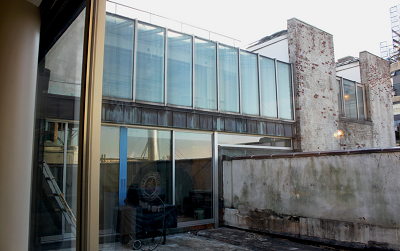
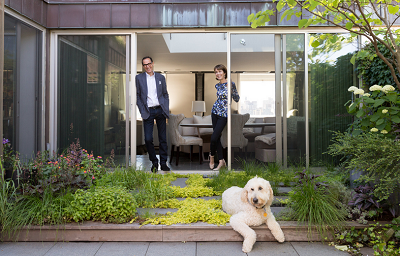
Some urban terraces go well beyond the basics. For a duplex co-op penthouse on Central Park West owned by Josh Sapan, a television network executive, and his wife, Ann Foley, Mr. Gunn worked with David Foley of Foley Fiore Architecture (and Ms. Foley’s brother) to overhaul their outdoor space. For about $150,000, the pair designed and built two levels of terraces totaling about 580 square feet with a lushness that would rival many country gardens.
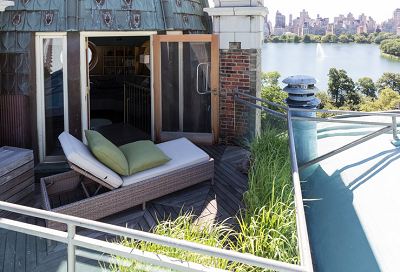
Mr. Foley replaced windows with sliding glass doors. And Mr. Gunn devised a series of planted trays that allow shaggy plants and grasses to grow between granite pavers, suggesting a forest floor. Trellises covered with vines obscure high parapet walls. Large zinc-clad planters hold hydrangeas, and tall Eastern redbud and Korean dogwood trees. And a custom zinc waterfall fills the space with the sound of splashing water. “We looked to design one that was, frankly, loud,” Mr. Sapan said. “It’s a wonderful sound.”
When the weather is nice, he sometimes sleeps outside beneath an arbor, on a built-in ipe bench with cushions. “We’re beyond thrilled. It’s just a treat to come home to,” Mr. Sapan said.

Floor Covering Media, a business network serving the floor covering industry, provides readers timely, objective news and information about flooring topics.
Readers may conveniently retrieve this timely, objective news and information at Floor Search.info, which is Floor Covering Media's public search engine.



Why Advertise Here?
Exclusivity!
Attention! Flooring Advertisers and those who have been chosen to represent them! When on the lookout for valued venues visited by flooring buyers and suppliers, consider this effective, refreshingly affordable, alternative. During the months ahead, consider Floor Covering Media for the short list of potential candidates that deliver your message (or your client's message) to it intended target audience.
Measurability!
Test drive the Floor Covering Media advertising managment system; effortlessly tracking advertising response rates of multiple sets of supplied, advetising material; positioned at specified locations either for the duration of the placement or for specified time periods of the placement duration on demand. The advertising tracking system is conveniently reached. Look for the 'My Ad Responses' Profile Page Tab.
Simplicity!
Media planners tasked to located flooring focused, promotional resources are provided with a unique solution, which assures them that their promotional messages get the attention they deserve, as they are viewed by those exploring the market for flooring. Let your message align buyers and suppliers at the point of purchase. Buyers and suppliers could be accommodated on demand at Floor Covering Media.



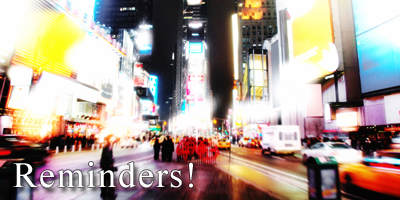
Advertisements are placed in designated areas throughout the Floor Covering Media Website. Advertisements are empowered with special functionality, which enable would-be-buyers to reach the advertiser profile page, which is the landing area for prospective buyers exploring our market. The profile page is a hub for linking functionality and response tracking of promotional messages:
- Linking Functionality serves to empower browsers of would be buyers, whose curiosity is piqued by the creative, compelling promotional message in Advertiser’s Advertisement, to be transported from that Advertiser’s Advertisement to that Advertiser’s Profile Page.
- Click-Through Functionality serves to empower browsers of would be buyers, whose curiosity is sustained when visiting the Advertiser’s Profile Page, to click through from the Advertiser’s Profile Page to both their Internal Documents and their External Websites; once the Advertiser placing the Advertisement properly sets up Profile Page to enable links, which ultimately empower the would be buyers to satisfy their sustained curiosity.
- Response Tracking Functionality serves to empower browsers of member advertisers seeking to measure impact of their advertising message by transporting advertisers from link provided on their Profile Page to area of the site, which would conveniently display a calendar of an advertisement’s Click-Through Activity for the day, week, month and more.
Those would-be-buyers, responding to the promotional message, displayed in the advertisement, click on the link in the advertisement, which directs their browsers from the promotional message to the advertiser’s profile page, which is the landing area for respondents; seeking to learn more about: the advertiser, their organization, products, accessories, services, press releases and their external Websites. The profile page serves those professionals seeking background information. Post links leading to job campaign portfolios, resumes and cover letters, for those considering a career transition within our industry or those in pursuit of a career change from another industry. Employers, hiring executives and employment agencies could benefit during candidate searches.
Linking functionality, from profile page hub, is virtually limitless within the confines of our industry. Advertisers post internal links on their profile pagefor the purpose of promoting their organization, its image, their family of products and workforce background information. Internal links redirect browsers from the advertisement through the profile to the documents reached from profile page. External links redirect browsers from the advertisement through profile to Website reached from profile page for the purpose of building additional traffic volume to websites serving our industry.



























